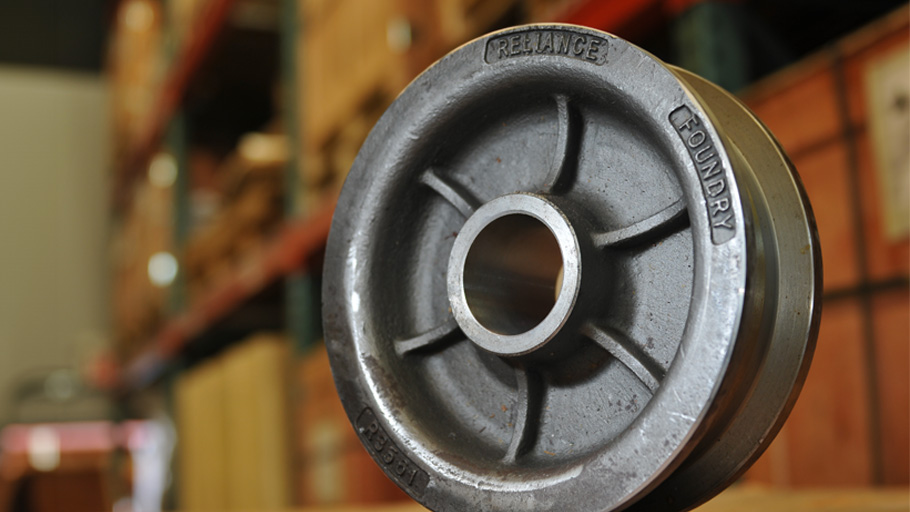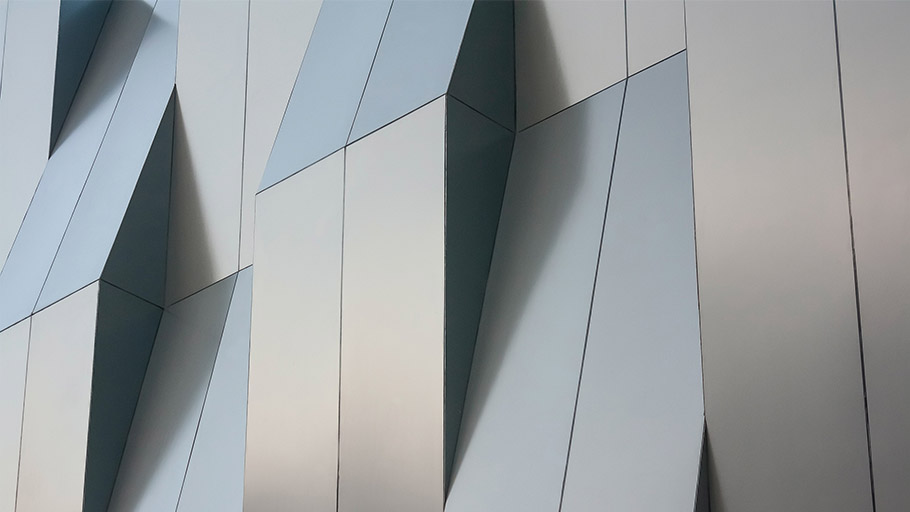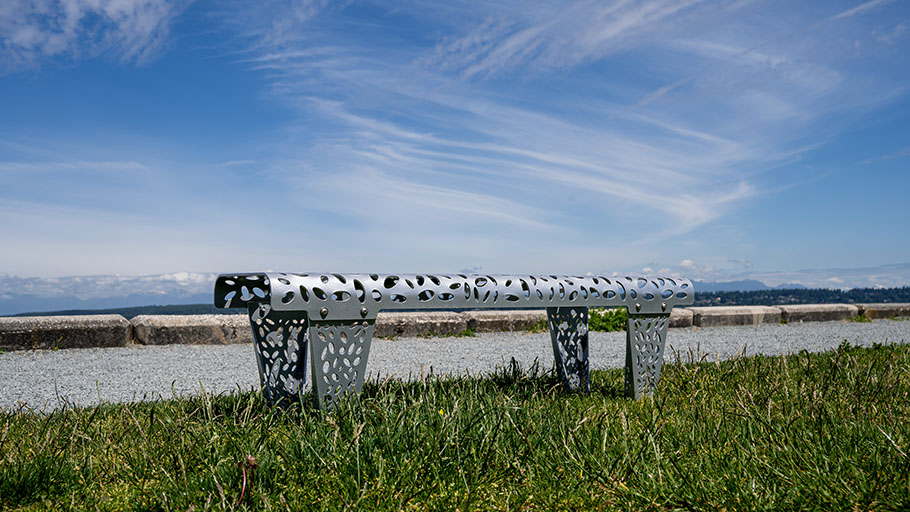
Bench casting exemplifies the fusion of artistic expression with practical functionality. Drawing from time-honored metal casting methods, metal cast benches and frames offer a diverse array of designs that embody both form and function. Their craftsmanship reflects the intricate details and design considerations that go into their creation. Whether gracing architectural landmarks and parks, or adorning everyday industrial settings, cast bench frames elevate the ambiance, making places more inviting. Their presence underscores the importance of design and functionality working hand in hand, enhancing the overall experience of any environment they inhabit.
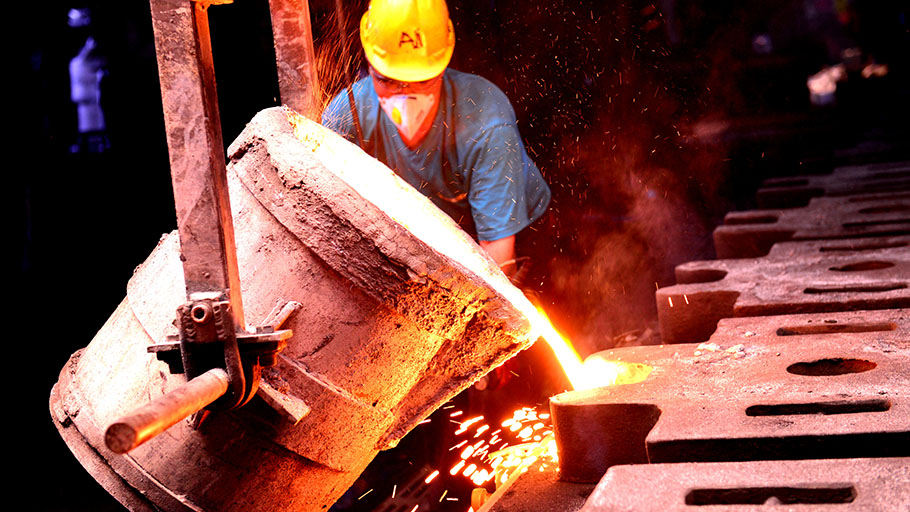
Method of Construction
The art of metal casting has deep historical roots, tracing back to ancient civilizations where it was employed for creating tools, weapons, and decorative items. As urban landscapes began to take shape, the need for public seating in communal areas became evident. This led to the evolution of bench designs, which started as simple wooden structures and gradually incorporated more durable and ornate materials. Metal casting emerged as a preferred method of constructing bench frames due to its ease of achieving complex geometries at scale.
From the ornate Victorian-style benches of the early 20th century to the sleek and minimalist designs of the modern era, foundries have required continuous innovation to meet the changing demands of architectural aesthetics and urban planning.
The role of foundries in bench-making is not just limited to aesthetics. They have ensured that these benches are not only visually appealing but also robust, weather-resistant, and long-lasting. By employing advanced metal casting techniques, foundries have been able to produce benches that stand the test of time, making them a staple in parks, public squares, and other communal spaces.
Furthermore, as cities grow and public spaces become more integral to community life, the importance of benches as architectural site furnishings is amplified. They are no longer just seating solutions but also play a role in enhancing the overall ambiance of a space.
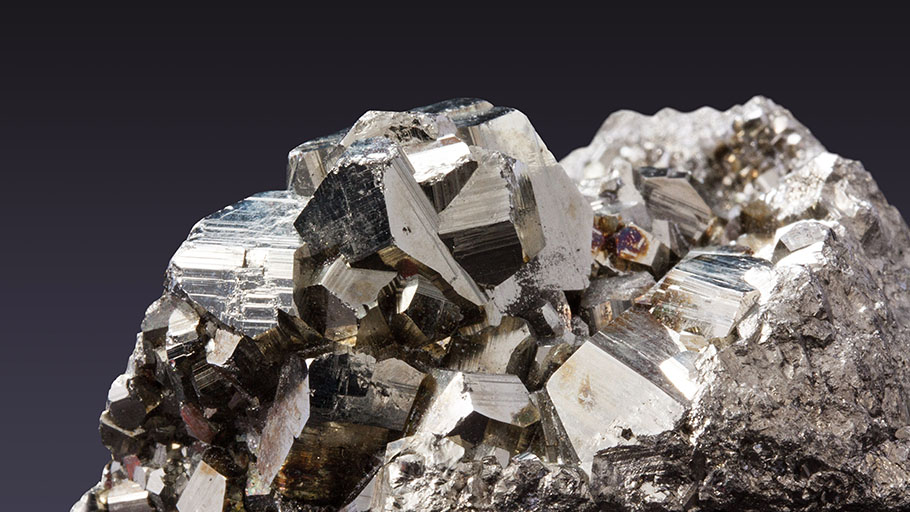
Casting Materials
Benches are cast using a variety of durable metals to ensure longevity and aesthetic appeal. The primary metals used include:
Iron
Known for its strength and durability, iron is a popular choice for outdoor benches. It can be treated to resist corrosion and is often painted or powder-coated for added protection and visual appeal.
Aluminum
Lightweight yet sturdy, aluminum is resistant to rust and corrosion. It’s often used for modern bench designs and can be finished in a variety of colors.
Bronze
This alloy, primarily consisting of copper, offers a unique aesthetic with its natural patina that develops over time. Bronze’s natural resistance to corrosion makes it exceptionally suitable for outdoor applications.
Steps Involved in the Casting Process
The process of casting benches, much like any other metal casting process, involves a series of intricate steps that need to be meticulously followed. Let’s take a brief look at each of these steps to gain a better understanding of the complexity involved.
- Design: This is the foundational step where a prototype or model of the intended bench is crafted. A pattern is typically made from wood, plastic, or metal and represents the exact dimensions and design of the final product.
- Core Making (if required): For hollow sections of the bench, a core is prepared. This core is made from sand and is used to create voids or specific shapes within the mold.
- Molding: Using the pattern, a two-part mold is prepared. The mold is typically made from a mixture of sand, clay, and water. The pattern is pressed into the mold material, creating a cavity that will be filled with molten metal.
- Melting and Pouring: The chosen metal is melted in a furnace until it reaches a molten state. Once ready, the molten metal is carefully poured into the mold’s cavity. After pouring, the molten metal begins to cool and solidify within the mold. This process can take several hours to days, depending on the size of the bench and the metal used.
- Removal, Trimming, and Cleaning: Once the metal has completely solidified, the mold is broken open, and the cast bench or frame is removed. Any excess metal, known as “flash,” is trimmed off. The bench is then cleaned to remove any residual sand or impurities.
- Finishing: The bench undergoes various finishing processes, such as grinding, polishing, and painting or powder coating, to enhance its appearance and protect it from environmental elements. Additional treatments such as Reliance Foundry’s IronArmor can also be applied to provide additional protection to bench surfaces.
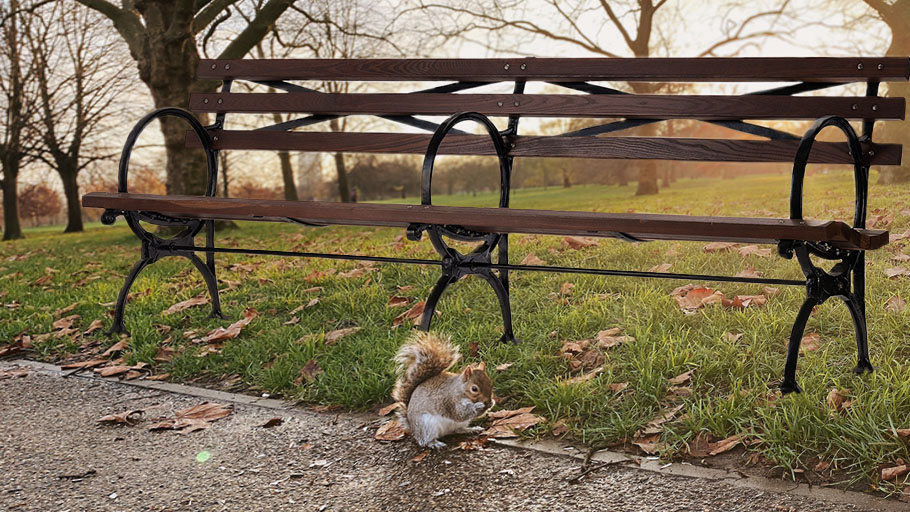
Casting Design Considerations
Metal cast benches and frames should not only be visually appealing, but also harmonize with the surroundings. Whether it’s the tranquility of a park, the vibrancy of a city street, or the elegance of a renowned architectural site, benches should complement and elevate the space.
For example, while more modern designs effortlessly fit into contemporary environments, opting for timeless classics like our World’s Fair Bench helps ensure enduring appeal in public spaces such as parks. Regardless of the chosen aesthetic, casting designs need to strike a balance between functionality and aesthetics.
Functional Considerations
- Durability: A metal bench or frame should be a long-term investment for public or private spaces. Using high-quality metals and casting techniques ensures that the bench withstands the test of time, weather, and usage.
- Versatility: Consider designs that can serve multiple purposes, such as benches with integrated planters or storage spaces. This not only adds functionality but also enhances the aesthetic appeal.
- User Comfort and Accessibility: While a bench’s slats form the seating surface, how the slats are mounted and the final shape, is determined by the design of the metal frame. Therefore, its design should prioritize user comfort and accessibility for everyone. This includes considerations like the angle of the backrest, the depth of the seat, the height from the ground and armrests.
Environmental Considerations
- Sustainable Materials: As the world moves towards more sustainable practices, it’s essential to consider using recycled or eco-friendly metals in the casting process.
- Green Casting Techniques: Adopt casting methods that minimize waste, reduce energy consumption, and have a lower carbon footprint. This not only benefits the environment but also aligns with the values of eco-conscious clients and communities.
By keeping these design considerations in mind, one can ensure that the metal cast benches and frames are not only functional and beautiful, but also environmentally responsible and user-friendly.
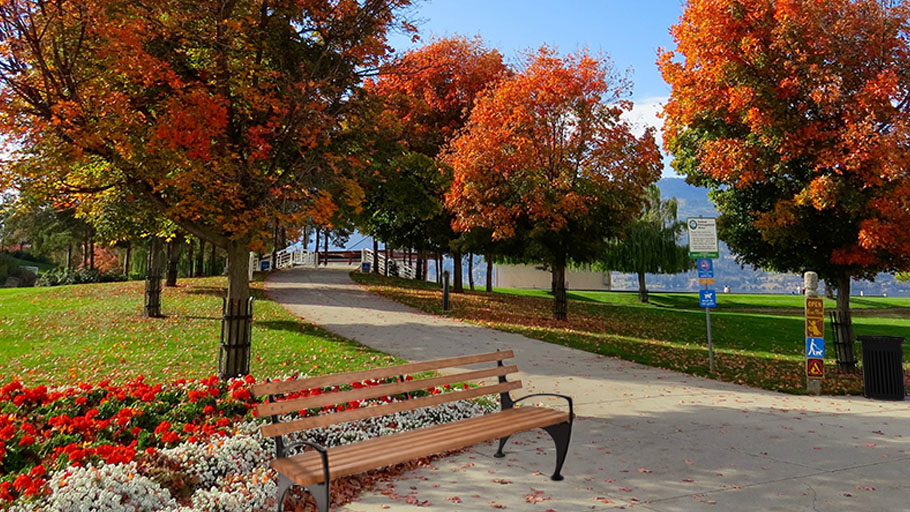
The future of bench casting promises a heightened focus on sustainability, with green materials and processes gaining prominence. Continuous innovations in design and technology will undeniably mold the future of the casting sector.
Casting quality benches and frames is more than a manufacturing process; it’s a blend of art and science. Benches play a crucial role in creating welcoming public spaces, offering not just comfort but also aesthetic appeal, resonating with the values of forward-thinking companies.

